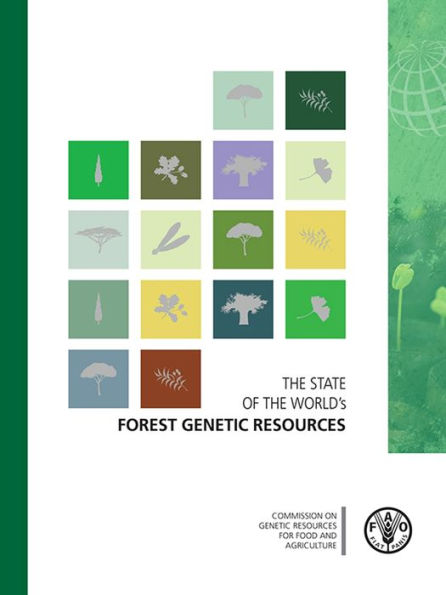The State of the World’s Forest Genetic Resources addresses the conservation, management and sustainable use of forest tree and other woody plant genetic resources of actual and potential value for human well-being in the broad range of management systems. This report complements two other FAO flagship publications in the field of forestry, the annual State of the World’s Forests and the periodic Global Forest Resources Assessment (FRA). State of the World’s Forests reports on the status of forests, recent major policy and institutional developments and key issues concerning the forest sector. FRA provides comprehensive data on forest distribution and status, including on matters influencing forest genetic resource (FGR) conservation and management, such as indicators of sustainable forest management, extent of permanent forest estate and protected areas, and regeneration methods used. However, forest cover and related data cannot be used as a surrogate for assessment of the status of FGR. This first edition of The State of the World’s Forest Genetic Resources will help to differentiate between the state of the world’s forest resources and the state of the genetic resources on which they depend for their utility, adaptability and health.
The State of the World’s Forest Genetic Resources addresses the conservation, management and sustainable use of forest tree and other woody plant genetic resources of actual and potential value for human well-being in the broad range of management systems. This report complements two other FAO flagship publications in the field of forestry, the annual State of the World’s Forests and the periodic Global Forest Resources Assessment (FRA). State of the World’s Forests reports on the status of forests, recent major policy and institutional developments and key issues concerning the forest sector. FRA provides comprehensive data on forest distribution and status, including on matters influencing forest genetic resource (FGR) conservation and management, such as indicators of sustainable forest management, extent of permanent forest estate and protected areas, and regeneration methods used. However, forest cover and related data cannot be used as a surrogate for assessment of the status of FGR. This first edition of The State of the World’s Forest Genetic Resources will help to differentiate between the state of the world’s forest resources and the state of the genetic resources on which they depend for their utility, adaptability and health.

The State of the World's Forest Genetic Resources

The State of the World's Forest Genetic Resources

Product Details
| BN ID: | 2940151873079 |
|---|---|
| Publisher: | Food and Agriculture Organization of the United Nations |
| Publication date: | 04/15/2015 |
| Sold by: | Smashwords |
| Format: | eBook |
| File size: | 15 MB |
| Note: | This product may take a few minutes to download. |
